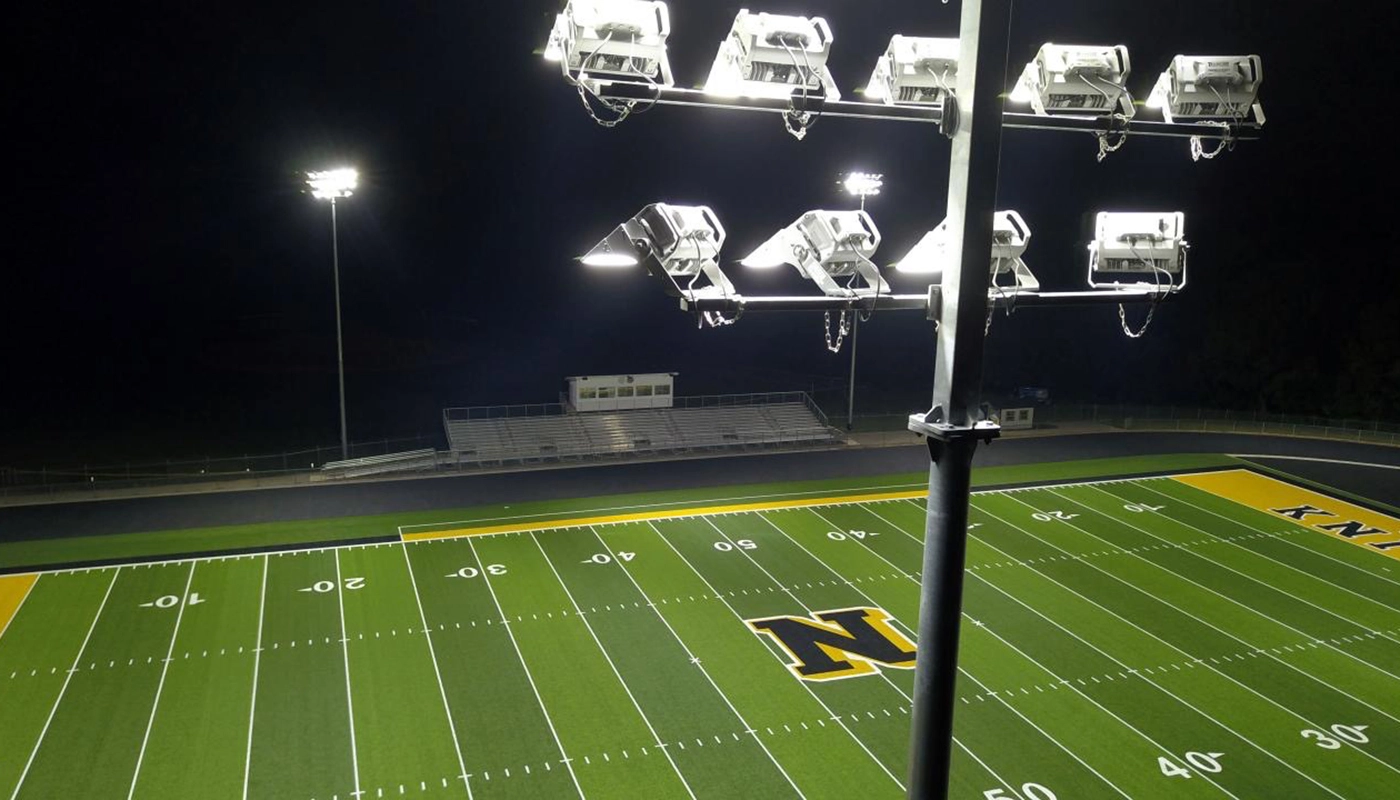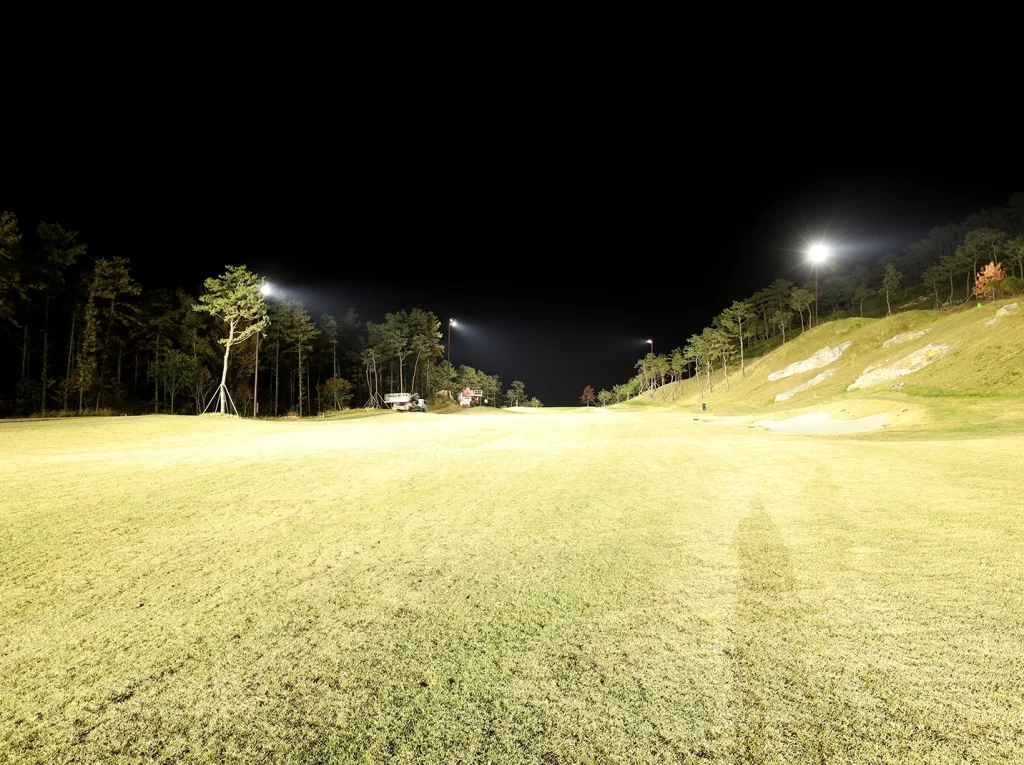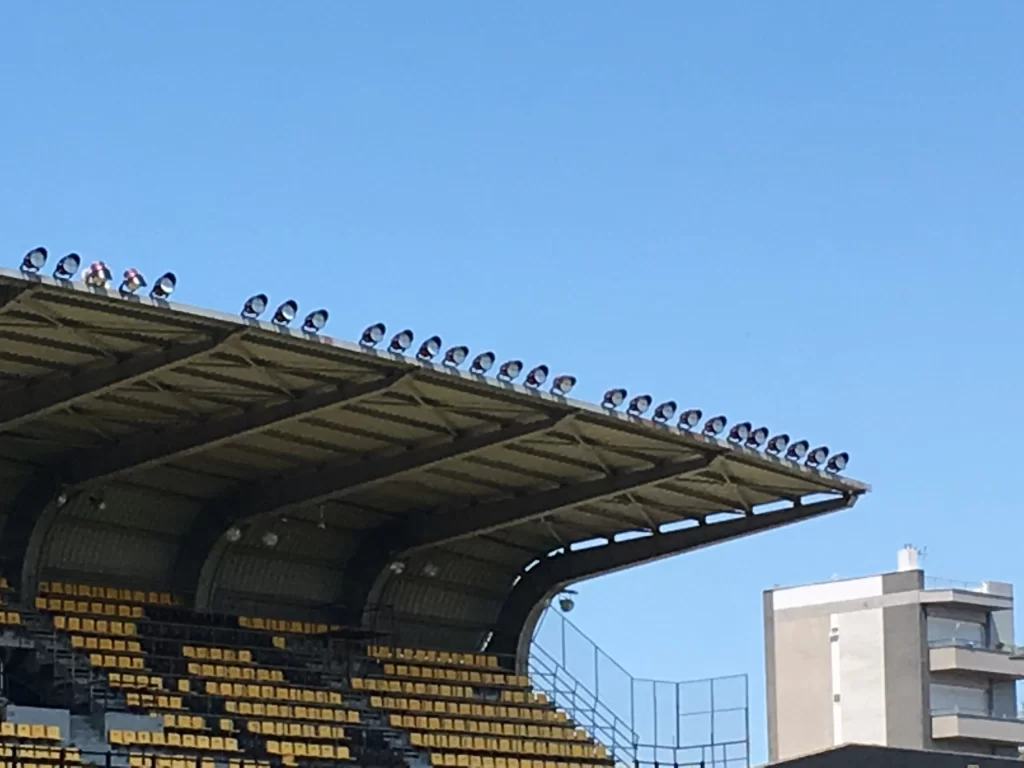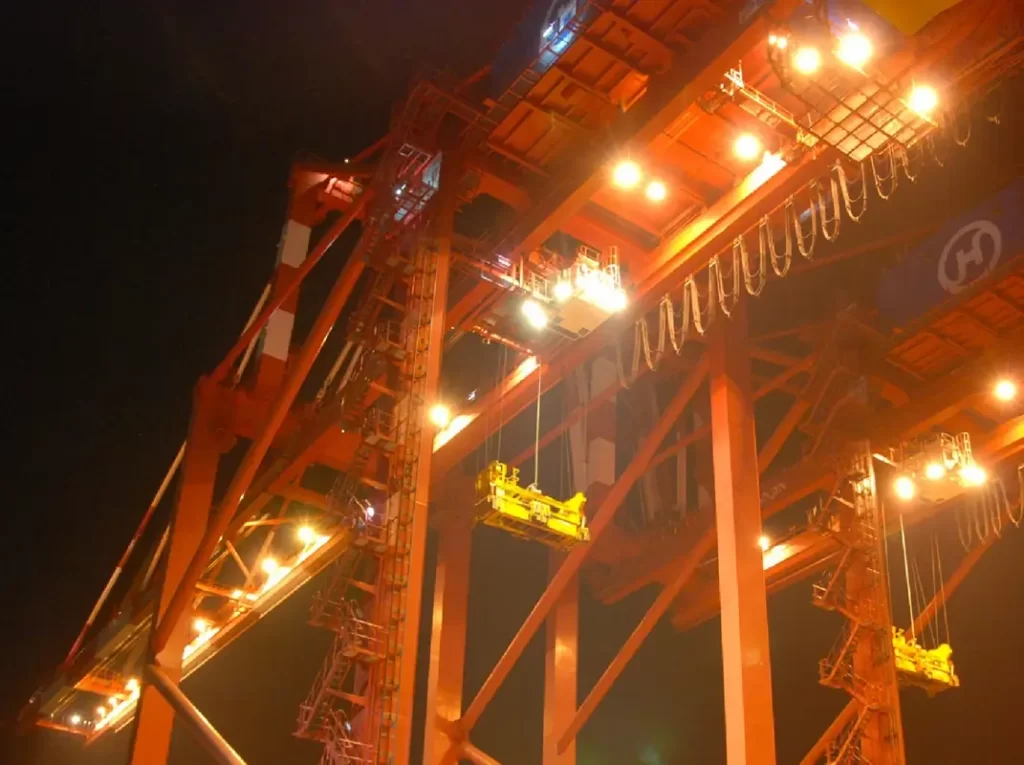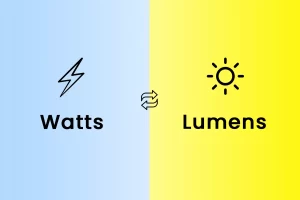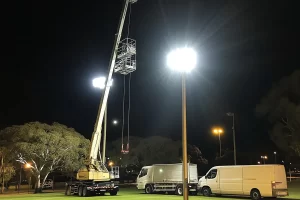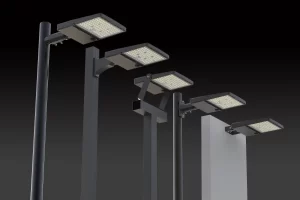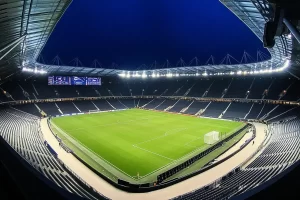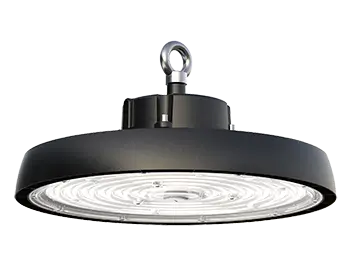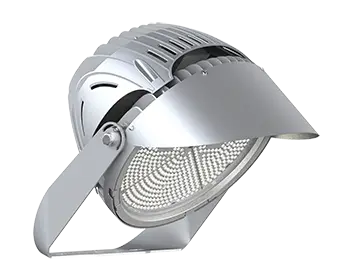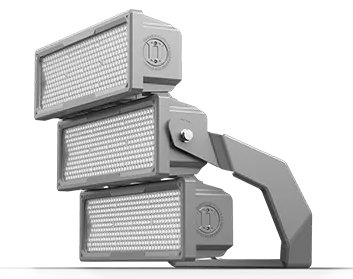Ever attended a stadium event where you were left awestruck by the mesmerizing lights, or found yourself straining your eyes to see the action due to poor lighting? This highlights the pivotal role of lighting in a stadium setting.
The Importance of Proper Lighting
Creating an immersive experience
Lighting sets the mood and atmosphere. Just like a catchy soundtrack in a movie, lighting can intensify emotions, build anticipation, and craft memorable moments. Ever seen the excitement ripple through the crowd when the lights go down just before a major concert act? That’s the power of lighting.
Safety concerns
Beyond aesthetics, proper lighting is a crucial safety requirement. Stadiums hold thousands of people, and ensuring that walkways, exits, and seating areas are well lit is essential to avoid accidents and ensure a smooth flow of spectators.
Types of Stadium Lighting
Field Lights
These are the primary lights illuminating the field or stage. They need to be bright enough to ensure players, performers, and spectators can see everything clearly.
Spectator Lights
These are gentler lights aimed at the seating areas. They’re important to ensure that the audience can safely navigate the stadium and interact with one another.
Decorative and Special Effect Lights
Used mainly for concerts or special events, these add that extra touch of magic, transforming an ordinary event into an extraordinary spectacle.
Challenges in Stadium Lighting
Weather factors
Rain, fog, or excessive glare from the sun can affect visibility. Modern stadium lights need to account for these challenges, ensuring clarity regardless of weather conditions.
Energy consumption
Stadiums can guzzle electricity, especially during night events. As a result, there’s a growing need for energy-efficient lighting solutions.
Innovations in Stadium Lighting
LED lights
LEDs are revolutionizing stadium events with their energy efficiency and ability to create vibrant, dynamic color displays.
Smart lighting systems
With the integration of AI and IoT, stadium lighting can now be controlled and adjusted in real-time for maximum impact and efficiency.
Famous Stadiums Known for Their Lighting
From the Allianz Arena in Munich with its ever-changing façade to the bird’s nest design of Beijing’s National Stadium that comes alive at night, lighting plays a key role in making these architectural wonders iconic.
Tips for Effective Stadium Lighting
Choosing the right brightness
Too dim, and you risk a dull experience. Too bright, and you may blind the spectators or players. Balancing brightness is key.
Angle and direction
The direction from which the light shines can significantly impact visibility and the spectator experience.
The Future of Stadium Lighting
Expect more technological integrations, environmentally friendly options, and innovative designs that cater to both functional needs and aesthetic desires.
Conclusion
Lighting, while often overlooked, is the silent hero of stadium events. It’s not just about illumination but creating a holistic experience while ensuring safety and efficiency. As technology advances, we can only expect brighter (pun intended) days ahead for stadium lighting.
FAQ
Why is LED lighting preferred in modern stadiums?
LED lighting offers energy efficiency and can be controlled to provide dynamic lighting effects.
How does weather impact stadium lighting?
Adverse weather can reduce visibility. Proper lighting ensures clarity irrespective of conditions.
What is smart lighting in stadiums?
It refers to systems that can be controlled in real-time, often integrated with AI and IoT, to adjust lighting based on needs.
Are there any risks with overly bright stadium lights?
Yes, overly bright lights can blind players or spectators and can also be energy inefficient.
How do lighting angles affect a stadium event?
The direction and angle of lights can affect visibility, shadows, and the overall experience for spectators and players.


